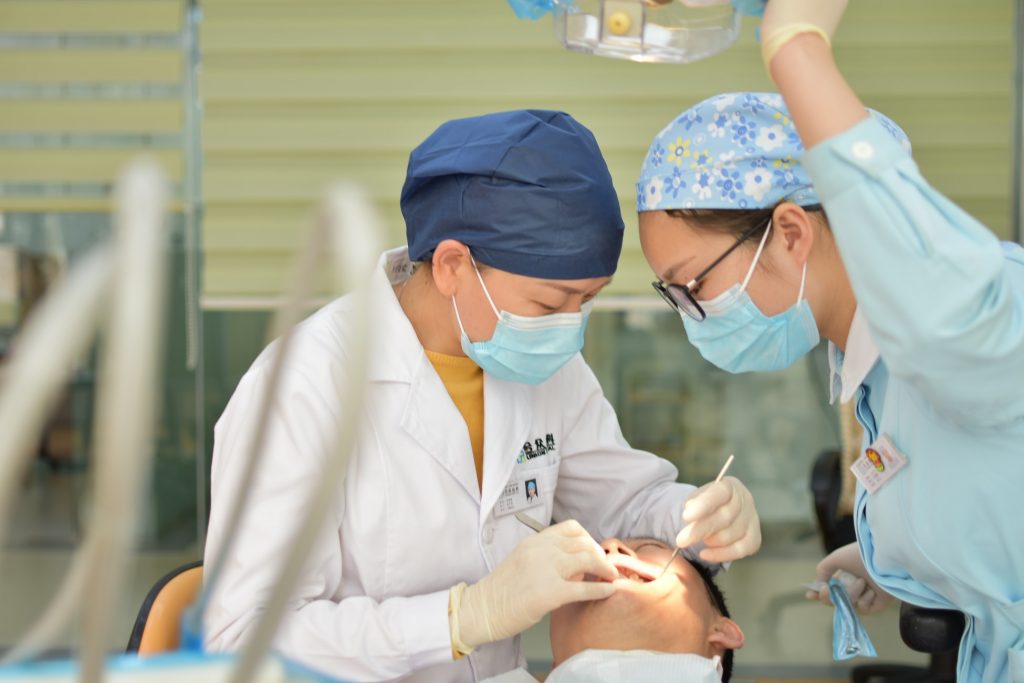Dental Industry Slowly Recovers from the COVID-19 Pandemic

The impact of the coronavirus pandemic on the dental industry has been severe in the United States. During March and April of 2020, over 50% of dental workers were laid off. Dental facilities were forced to close while they implemented safety procedures to reduce or eliminate the spread of COVID-19. This included installing filtration systems, increased sanitization procedures, and personal protection equipment (PPE) for dental staff. In many states, dental services remain reduced only to critically procedures and elective dental procedures were banned. Overall during March and April of 2020, dental services were reduced by 70%. The reduction of services provided has led to sustained unemployment within the sector. US News reports that “according to an American Dental Association poll of dentists taken the week of Aug. 10, 98.9% of respondents were open, but only 47.6% reported “business as usual”; 51.3% were open but had “lower patient volume than usual.”
The additional operational costs along with the closures in March and April, placed a major financial strain on the dental industry. In the early Fall of 2020, the CDC released guidelines for the interim reopening of dental facilities. The guidelines requested facilities “balance the need to provide necessary services while minimizing risk to patients and dental healthcare personnel.” Currently, dentists are trying to assist patients in order of urgency. Dental facilities all over the nation are attempting to service their back logs of patients while understaffed. Several facilities reported back logs of 2-3 months. Due to the financial strains, not all dental facilities have been able to return to normal operational employment.
Dental facilities are also taking longer to service patients. This reduces the number of patients that can be serviced per day. Dental workers need additional time to change PPE, sanitize themselves, and conduct increased sanitation protocols with the dental rooms. The dental facilities’ administration need additional time to screen patients for COVID-19 symptoms by conducting temperature checks. In many cases, patients must sign additional waivers before being treated. The waivers reduce the liability of the facility by requesting the patient acknowledge the risk of being serviced.
Questions/Discussion:
- The pandemic has severely impacted the dental industry. Several dentists and dental facility owners have considered selling their practices. Will an increase in the sale of dental practices have a positive or negative impact on the dental industry? Explain.
- Critics have voiced concerns over the reopening of dental offices for elective services. Should dental services remain reduced to urgent needs only? Explain.
Source: Video URL: https://www.youtube.com/watch?v=YeK0VegRZRg Channel: CNBC
Additional Supporting Articles:
- https://www.usnews.com/news/healthiest-communities/articles/2020-09-18/study-how-covid-19-affected-the-dental-industry
- https://www.cdc.gov/oralhealth/infectioncontrol/statement-COVID.html












